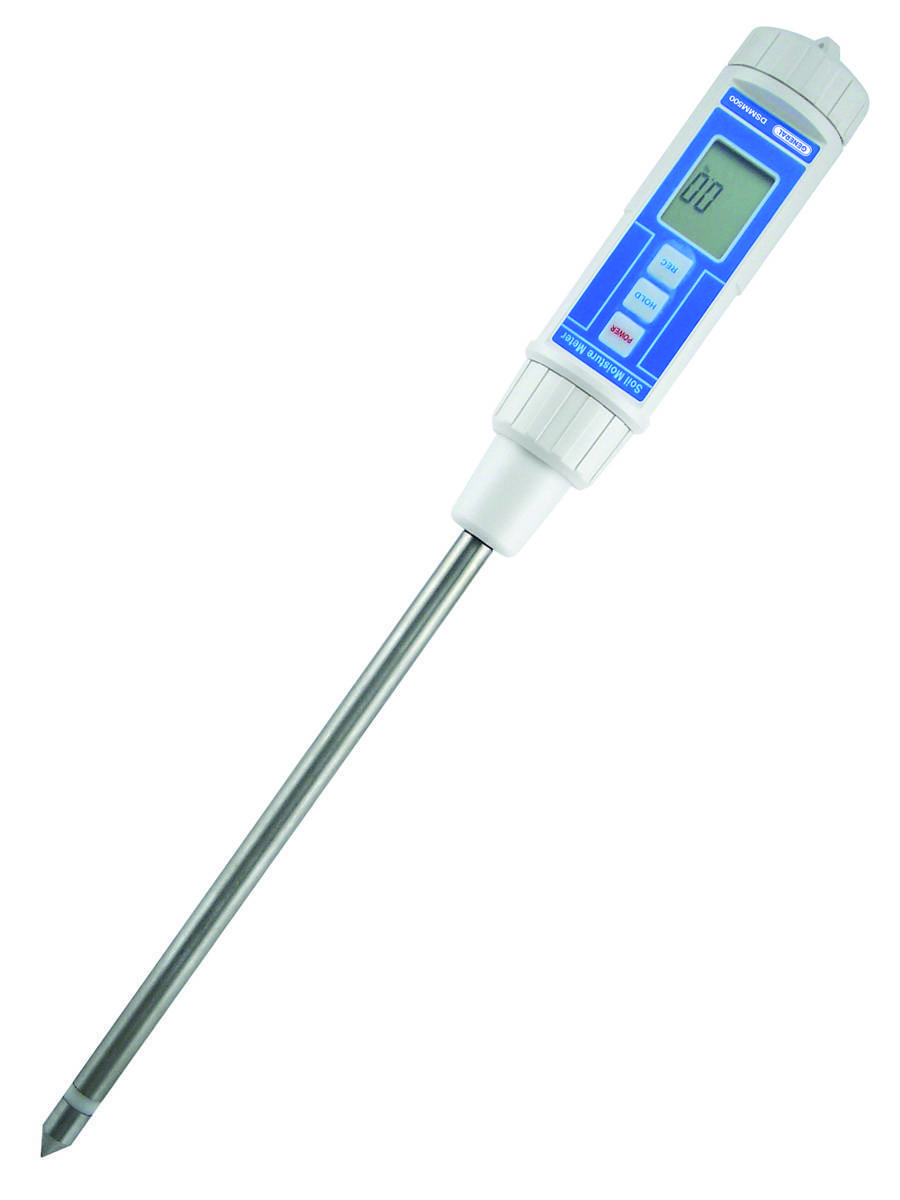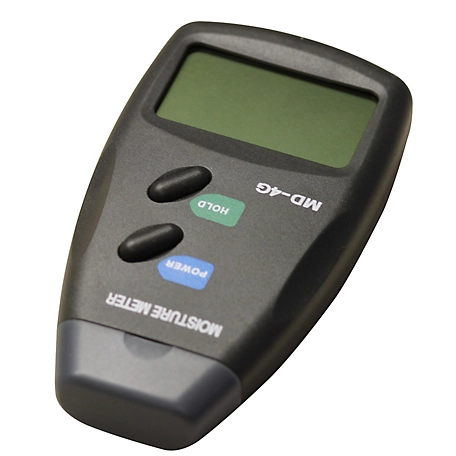Exactly How a Moisture Meter Can Improve Your Building And Construction Jobs and Avoid Damages
Exactly How a Moisture Meter Can Improve Your Building And Construction Jobs and Avoid Damages
Blog Article
Explore the Globe of Dampness Meters: Everything You Need to Know
In the world of wetness meters lies a globe of precision and functionality that frequently goes unnoticed. Comprehending exactly how moisture meters operate, the different types offered, and their varied uses can shed light on their value in ensuring top quality and efficiency.
Exactly How Wetness Meters Work
Moisture meters run by gauging the electrical conductivity or capacitance of products to figure out the moisture web content existing - Moisture Meter. These meters are important tools throughout different markets, including agriculture, construction, and woodworking. By making use of different methods such as pinless or pin-type modern technology, moisture meters provide exact readings that aid professionals make notified choices
Pin-type moisture meters work by inserting the sharp pins into the product being checked. The electrical conductivity between the pins is after that determined, with higher dampness degrees bring about raised conductivity. On the various other hand, pinless moisture meters make use of electro-magnetic signals to scan a larger location without triggering any type of damage to the product's surface area. These meters are perfect for quickly assessing wetness levels in huge locations or completed items.
Regardless of the method made use of, dampness meters play an essential duty in preventing concerns such as mold and mildew development, architectural damages, or item flaws triggered by excess moisture. Comprehending just how these meters work is essential for ensuring the high quality and stability of materials in numerous applications.
Kinds Of Moisture Meters
Given the essential duty dampness meters play in different markets, it is important to recognize the different types offered to professionals for accurately examining wetness degrees. There are largely 2 main kinds of wetness meters: pin-type and pinless wetness meters.
Pin-type dampness meters make use of two pins that are inserted into the product being examined to measure the electrical resistance in between them. This method is generally used for wood, drywall, and various other structure materials. Pin-type meters offer exact readings at specific depths, making them ideal for identifying moisture gradients.
On the various other hand, pinless moisture meters use electro-magnetic sensing unit plates to check a bigger area of the product without creating any type of damages. This kind is suitable for quickly scanning large areas and is generally utilized for flooring, wall surfaces, and ceilings. Pinless meters are practical for taking readings on finished surface areas without leaving any type of visible marks.
Both sorts of dampness meters have their benefits and are picked based upon the certain needs of the work handy. Recognizing the differences in between these kinds is essential for experts to make exact dampness analyses.
Applications Across Industries
With varied capabilities, wetness meters discover widespread application across various markets, helping specialists in making certain optimum conditions for structures and materials. In the agriculture industry, moisture meters are vital for establishing the wetness web content in grains, seeds, and hay, guaranteeing quality assurance and stopping mold development. Building and construction specialists rely upon dampness meters to examine the moisture levels in structure materials like concrete, drywall, and wood, which is essential for keeping architectural integrity and stopping concerns like rot or mold and mildew. The floor covering industry utilizes dampness meters to determine the dampness content in subfloors before setting up numerous flooring, preventing costly damages due to excess dampness. In the food market, moisture meters are utilized to keep an eye on and manage moisture degrees in products such as grains, nuts, and dried fruits to preserve freshness and high quality. In addition, dampness meters play a crucial role in the repair and damage control market by aiding specialists determine and attend to water damages in structures promptly. Across these varied markets, dampness meters are crucial tools for making certain the high quality, safety, and durability of different products and products.
Tips for Making Use Of Dampness Meters
When determining the dampness content in numerous materials,Use the dampness meter's calibration settings to make sure accurate readings. Calibration is critical for the correct performance of a dampness meter. Prior to each usage, it is a good idea to check and change the calibration setups according to the particular material being evaluated. Additionally, ensure the meter is readied to the appropriate dampness variety for the material you are determining to get one of the most specific results.

When making use of a pin-type wetness meter, put the pins to the suitable deepness recommended for the material being tested. This makes certain that the wetness analyses are drawn Get More Information from the right deepness within the material, supplying an extra accurate representation of its dampness content. Get More Information For pinless moisture meters, keep in mind to preserve correct contact with the material's surface area to get trustworthy analyses.

Regularly examine and change the batteries in your dampness meter to stop unreliable readings due to reduced power. Store the meter in a risk-free and dry place when not being used to prolong its lifespan and maintain its precision. By complying with these ideas, you can maximize the efficiency of your dampness meter and obtain exact moisture web content dimensions across various materials.

Upkeep and Calibration
To make certain the accuracy of wetness material measurements, routine maintenance and calibration of the wetness meter are crucial steps in its proper performance. Calibration changes the moisture meter to ensure that it gives reputable and regular outcomes.
Calibration must be performed occasionally, specifically if the wetness meter is made use of often or in essential applications where accurate dimensions are needed. Several dampness meters feature calibration tools or can be adjusted by expert services - Moisture Meter. It is recommended to keep a log of calibration days and results to track the efficiency of the dampness meter with time. By adjusting the wetness and maintaining meter consistently, individuals can rely on the precision of the dampness web content dimensions obtained.
Verdict
Finally, wetness meters play an essential function in different industries by accurately Click Here gauging the moisture material of products. Understanding just how these tools function, the various types available, and correct upkeep and calibration are necessary for obtaining reliable results. Whether in building and construction, agriculture, or production, making use of dampness meters aids make certain quality assurance and performance in processes.
Building professionals count on wetness meters to assess the wetness degrees in building materials like timber, drywall, and concrete, which is critical for preserving architectural stability and avoiding problems like rot or mold and mildew. The floor covering market uses wetness meters to measure the wetness material in subfloors prior to installing various flooring treatments, preventing expensive damages due to excess wetness.Make use of the moisture meter's calibration settings to make sure exact readings when measuring the moisture material in various materials. By adhering to these suggestions, you can make the most of the efficiency of your wetness meter and get specific wetness material dimensions across different materials.
In conclusion, wetness meters play an essential duty in various markets by properly gauging the moisture material of products.
Report this page